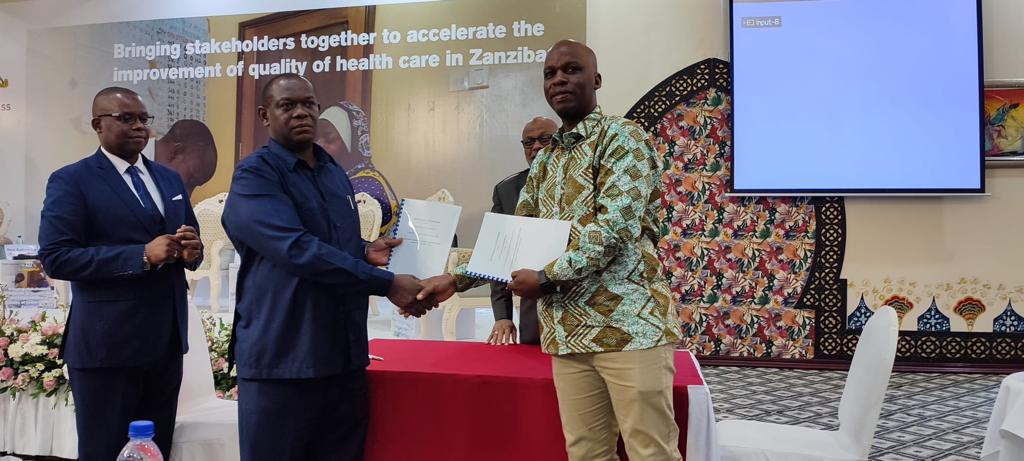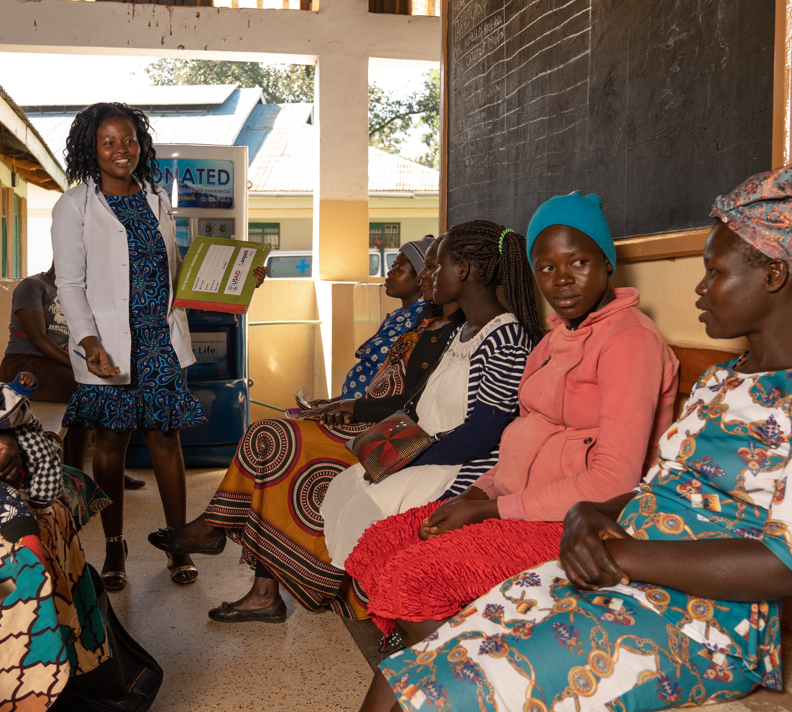The ConnDx process is simple: the results of point-of-care (POC), easy-to-use diagnostic tests are digitally interpreted by a rapid diagnostic test reader, uploaded to cloud databases linked to the patient’s mobile health wallet and this upload triggers the payment of a “treatment voucher” to a patient’s mobile health wallet when the test is positive.
A total of 288 patients were tested during outreach visits. From those patients, 9 percent tested positive for brucellosis and 0.6 percent tested positive for malaria. Irrespective of their diagnosis, all patients were provided with a mobile health wallet on their cellular phones that facilitated their transport to the clinic. Patients who tested positive for brucellosis or malaria got funding for treatment through their mobile health wallet. Through the digitally connected rapid diagnostic test reader, geographic mapping of patients’ diagnoses in relation to key risk areas for brucellosis transmission was also facilitated.
Essentially, this analysis demonstrates that ConnDx can be effective even when addressing a remote population and a rare disease.
Read the study.




